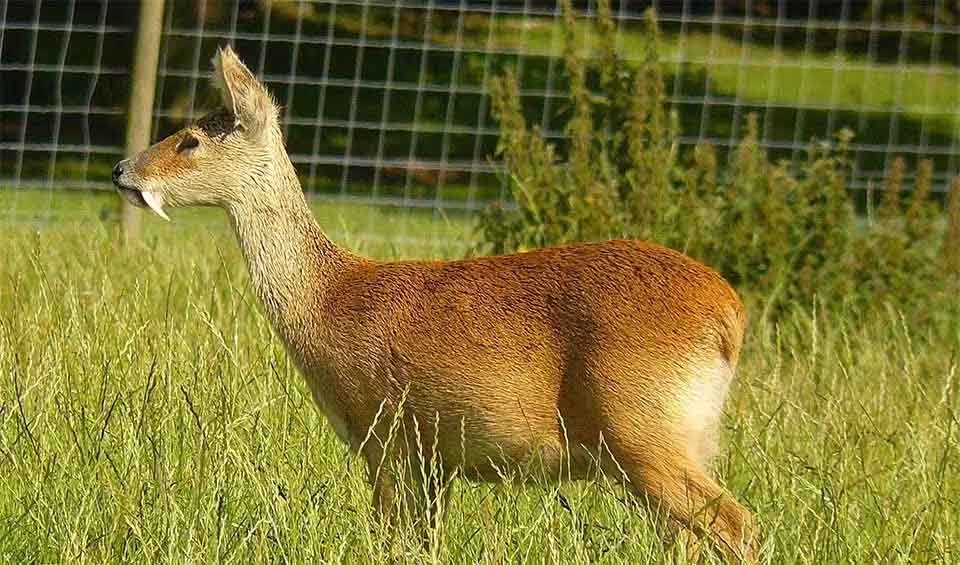Cervidae – Deers
The family of the Rudolph and Bambi! Their antlers are replaced annually, and they never grow out of style
Deer embodies a blend of grace, adaptability, and biological intrigue that captures the fascination of naturalists and wildlife enthusiasts worldwide. This family’s members range from the imposing moose of the Northern hemisphere’s forests, characterized by their massive size and formidable antlers, to the diminutive Northern pudu of the South American Andes, the world’s smallest deer species, standing only as tall as a standard ruler. The diversity within the Cervidae family is remarkable, with species adapted to a wide array of habitats, including the icy landscapes of the Arctic tundra, temperate forests, and the lush tropical forests of India and Southeast Asia.
One of the most striking features of deer is their antlers, primarily found in males, although in a few species like the caribou (also known as reindeer), both males and females bear them. Antlers are among the fastest-growing animal tissues, a marvel of nature’s engineering. Most deer species shed their old antlers each year to grow a new set, a process driven by hormonal changes and environmental cues. The rate of antler growth can be astonishing, with some species adding several inches in just a week.
Antlers become central to deer social dynamics during the breeding season or rut. Males use their antlers in combat, clashing with rivals in displays of strength and stamina to establish dominance and secure mating rights. These battles, while sometimes leading to injuries, generally do not result in death, as they are more about showcasing strength than inflicting harm. Beyond physical combat, the size and condition of a male’s antlers act as a visual signal to females, indicative of the male’s genetic quality, health, and ability to secure resources. This makes antlers a critical factor in sexual selection among deer.
Genera in this family
Sometimes called “barking deer” because they make a sharp, repeated barking sound when alarmed
Deers that can bark like dogs? Yes, they can!
They are featured prominently in art, mythology, and as symbols in heraldry
Known for their keen sense of hearing and sight, which helps them stay alert to danger
Their distinctive vocalizations and sacred status in some cultures make them a truly unique and captivating species
Excellent swimmers — a helpful skill in flood-prone or marshy habitats
The largest and heaviest deer family members
Cleverly pause the pregnancy until winter, timing the birth of their fawns for the lush, food-filled days of late spring
South America’s endangered deer
Medium-sized American deers
Pocket-sized versions of elk or red deer, complete with the same instincts but in a much tinier package
Elegant, elusive, and finely tuned to life in waterlogged wilderness
The greatest conservation success story –a species brought back from the brink of extinction and now thriving
Sometimes called the “vampire deer” because of its tusks, even though it’s harmless and plant-eating
Unlike most deer, it lacks antlers
Known to be quite tolerant of human presence compared to other wild deer
Males drop their antlers before Christmas, but females keep their antlers until spring


















